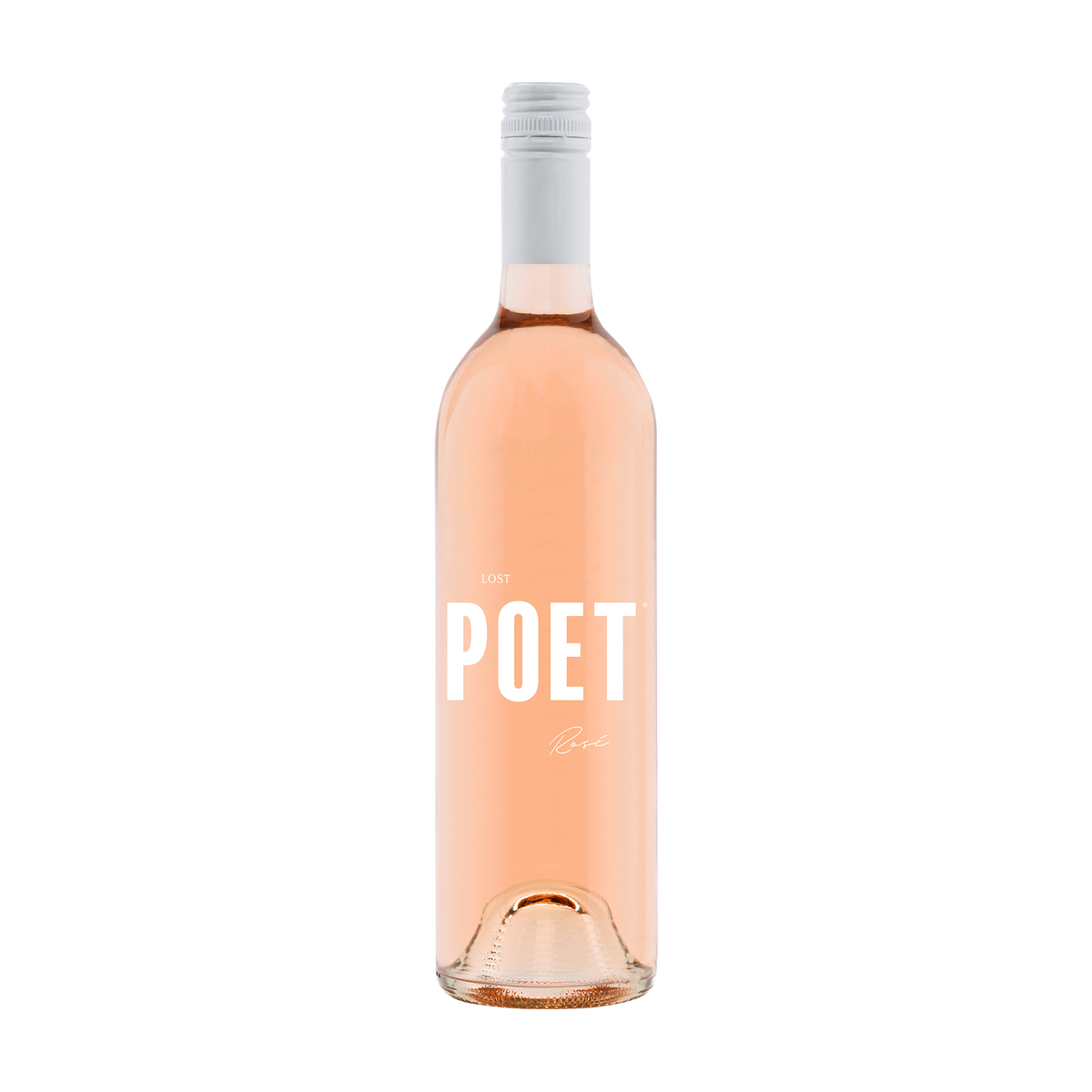2020 Sauvetage Sauvignon Blanc
Item cannot ship to your state
2022 Lost Poet® Rosé Wine
Item cannot ship to your state
Lucky Look® Futsü shu Saké
Item cannot ship to your state



